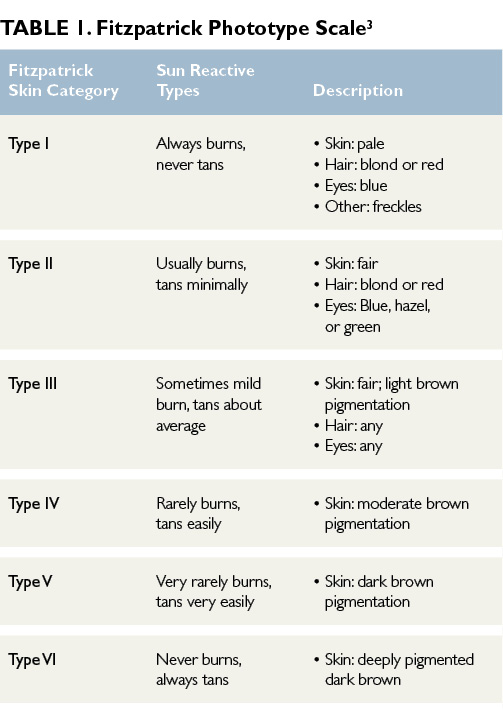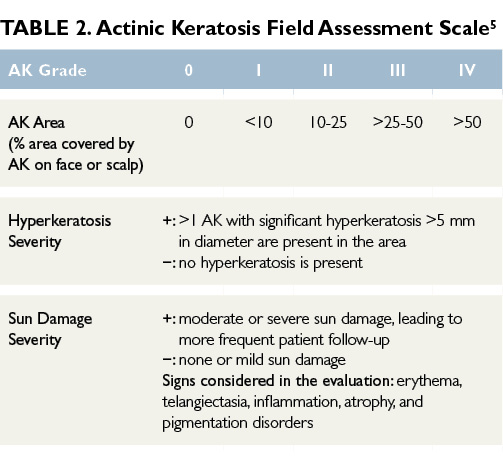Blog
23
Jan
2019
Actinic Keratoses: Field Cancerization and Photodynamic Therapy




 Each month, The Clinical Advisor makes one new clinical feature available ahead of print. Don’t forget to take the poll. The results will be published in the next month’s issue.
Each month, The Clinical Advisor makes one new clinical feature available ahead of print. Don’t forget to take the poll. The results will be published in the next month’s issue.



